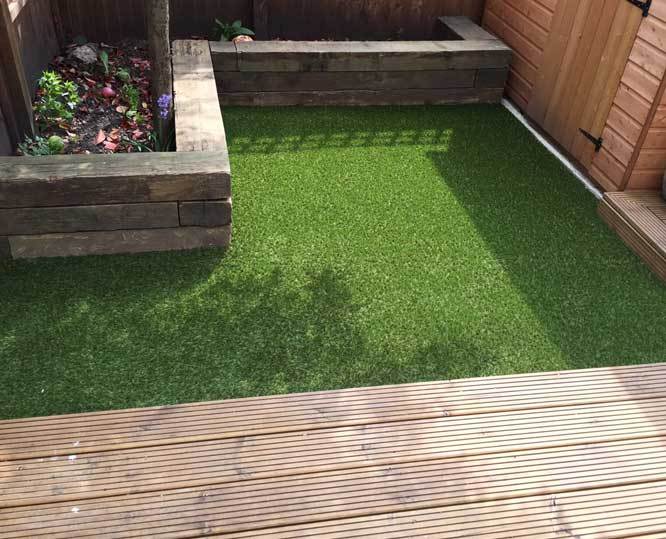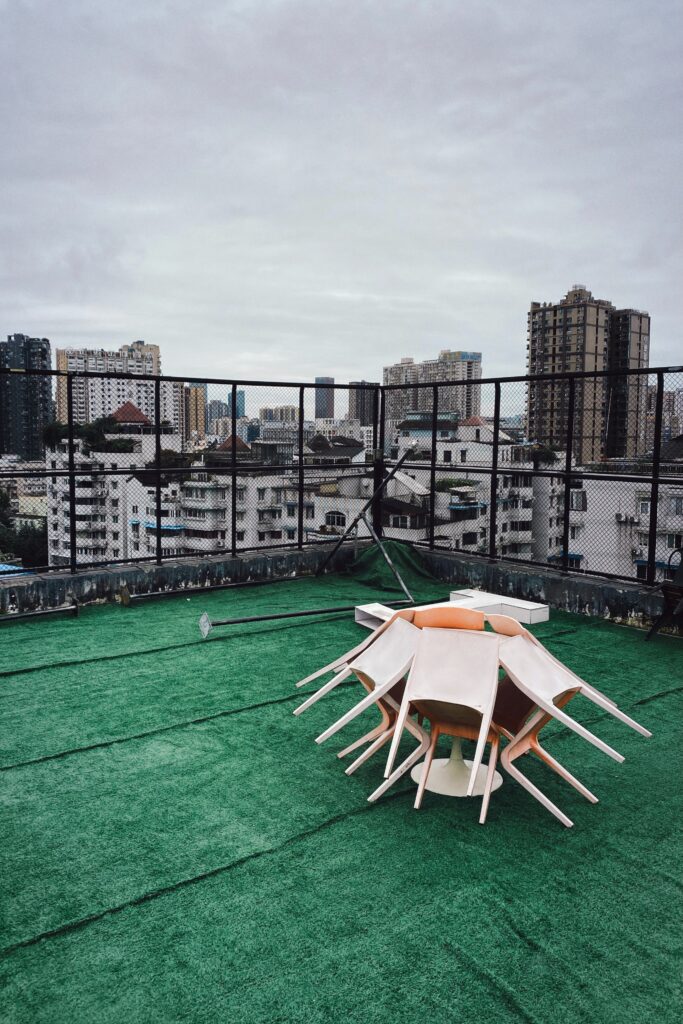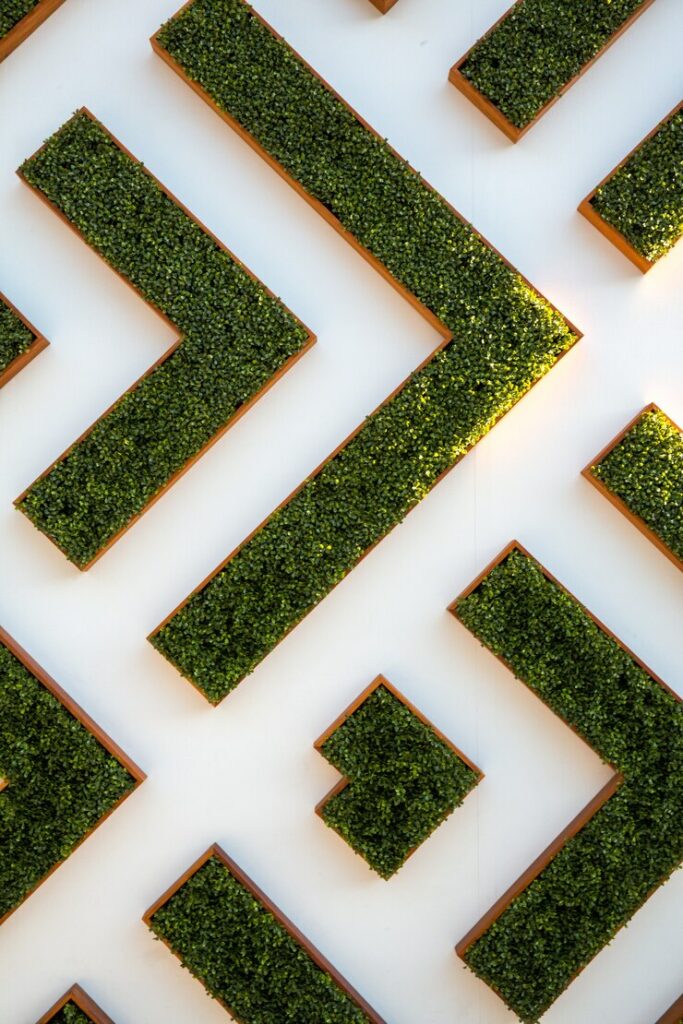The Evolution of Artificial Turf: From AstroTurf to Sustainable Greenery
Tracing the Technological Advancements and Future Prospects of Synthetic Grass

Artificial turf. For some, it’s a game-changer. For others, it’s a marriage of technology and convenience. But where did this marriage start? Let’s journey back.
The initial concept of artificial turf was born out of necessity, just like most inventions. During the mid-20th century, urban spaces were becoming more frenetic, turf maintenance was challenging, and natural grass was struggling to meet the demand. Finding a solution was crucial, particularly for sports spaces that required consistent, high-quality turf. So, the inventiveness kicked in.
In the 1960s, we saw the first passionfruit of this labor, as artificial turf began to sprout its first blades in the sphere of sports, most notably with its installation in Houston’s Astrodome. Hailed as an ingenious product of human innovation, this artificial playing surface was aptly titled ‘AstroTurf.’,
Yet, the AstroTurf of yesteryears was different from what we see (and what players feel beneath their feet) today. Then, could these early versions of artificial turf hold their own? Or did the glowing promise outshine the ground reality? Stay tuned as we traverse down memory lane to unearth the early innovations of artificial turf.
Early Innovations in Artificial Turf
The story of artificial turf took root in the mid-1960s. A company by the name of Monsanto stepped into the limelight, unveiling an innovative product: AstroTurf. At its core was a simple, yet audacious idea—replacing grass with synthetic fibers. AstroTurf marked the first significant step the world took towards unearthing the complex blend of science and creativity that is artificial turf.
But it wasn’t a walk in the park. Early incarnations of this synthetic grass were, in truth, quite ungracious. It looked extraordinarily fake and felt even worse. More carpet than grass, it was abrasive and unforgiving, a discomfort to the athletes who had to play long hours on it. Even worse, the non-porous material didn’t drain well, turning fields into swamps during heavy rain.
The adoption of this early artificial turf, however, underscored the persistent human drive to push boundaries. Various high-profile sports teams began to use it, willingness to embrace new technology overcoming aesthetic displeasure and practical limitations. The impact on sports was palpable… and not always positive. High injury rates began to surface with increased usage, linked to the hardness of the turf and the inadequate padding used at the time.
Despite these initial setbacks, the potential benefits of artificial turf were too promising to discard. It marked the dawn of a new age, wherein rigorous games could carry on unhindered by weather or maintenance constraints. The dream of a non-stop, high-performance sporting environment remained alive and bustling, fueling the quest for improved versions of artificial turf.


Technological Advancements in Artificial Turf
An exciting shift happened in the world of artificial turf with the introduction of synthetic fibers. These fibers, designed to mimic the resilience and feel of natural grass, pushed the technology to new heights. Suddenly, artificial turf was not only a viable option; it rapidly became a preferred choice in many scenarios.
Advancements in durability and playability have been key. Earlier turf iterations were notorious for their relatively short lifespans and their sometimes harsh surfaces. In contrast, modern versions present with substantially improved resilience, withstanding the rigors of high-impact sports and varied climate conditions without significant signs of wear and tear.
The elements of playability, in particular, deserve a spotlight. Innovations focused on optimizing how the ball interacts with the turf, how players move on it, and factoring in player-surface impact. Consequently, the game has changed—for the better—with tightened control, traction, and player safety at the core of these redesigns.
But we can’t skip over the environmental implications. An ever-present concern surrounding artificial turf has been its environmental impact. Contemporary innovations have made strides here too, with a focus on recyclability and reduction of off-gassing. Still, more work is needed to reconcile turf technology with sustainability—an aspect that undoubtedly shapes artificial turf’s future, which we will discuss next.
Modern Applications and Future Developments
Artificial turf’s story doesn’t end with the technological advancements we’ve covered. Today, you’ll find this versatile greenery in all types of spaces, from athletic fields to residential landscapes, public parks, and even indoor establishments. Its widespread adoption is a testament to the lasting power of innovation.
One noteworthy trend is the movement towards sustainability. Manufacturers are harnessing advanced materials and processes to create more environmentally-friendly turf varieties. For instance, developments in recycling technology now allow old turf to be repurposed into new products, reducing landfill waste. Manufacturers are also reducing water usage, pesticide dependency, and other environmental impacts by engineering low-maintenance turf products.
Moreover, research is paving the way for even more exciting advancements. Scientists are investigating methods to infuse artificial turf with cooling properties to lower surface temperatures on hot days. Others are exploring ways to make turf more permeable, enhancing its ability to handle rainwater and reducing local flooding risks.
In many ways, the artificial turf industry is emblematic of persistent human ingenuity. We’ve moved from crude beginnings to incorporate synthetic fibers and sophisticated manufacturing techniques, achieving remarkable levels of durability and playability. And now, the lens of innovation is shifting towards sustainability and greater performance. There’s no telling what the future will bring, but one thing is certain – the roots of innovation run deep in the world of artificial turf.
In conclusion, artificial turf has evolved from its early days as a mere technological experiment to a widely accepted and innovative solution, marrying convenience with aesthetics. This evolution, from the AstroTurf of the 1960s to the sustainable and high-performance greenery of today, exemplifies humanity’s unwavering drive to push technological boundaries. As we tread into the future, the spotlight is not just on the turf’s performance, but also on its environmental implications and sustainability. If you’re considering a switch, choosing artificial turf from Premium Grass Blades ensures you get a blend of history’s best practices and today’s innovative advancements. Dive into the world of synthetic grass with us, and be a part of this ever-evolving story. Check out our Instagram Page for some synthetic grass ideas.